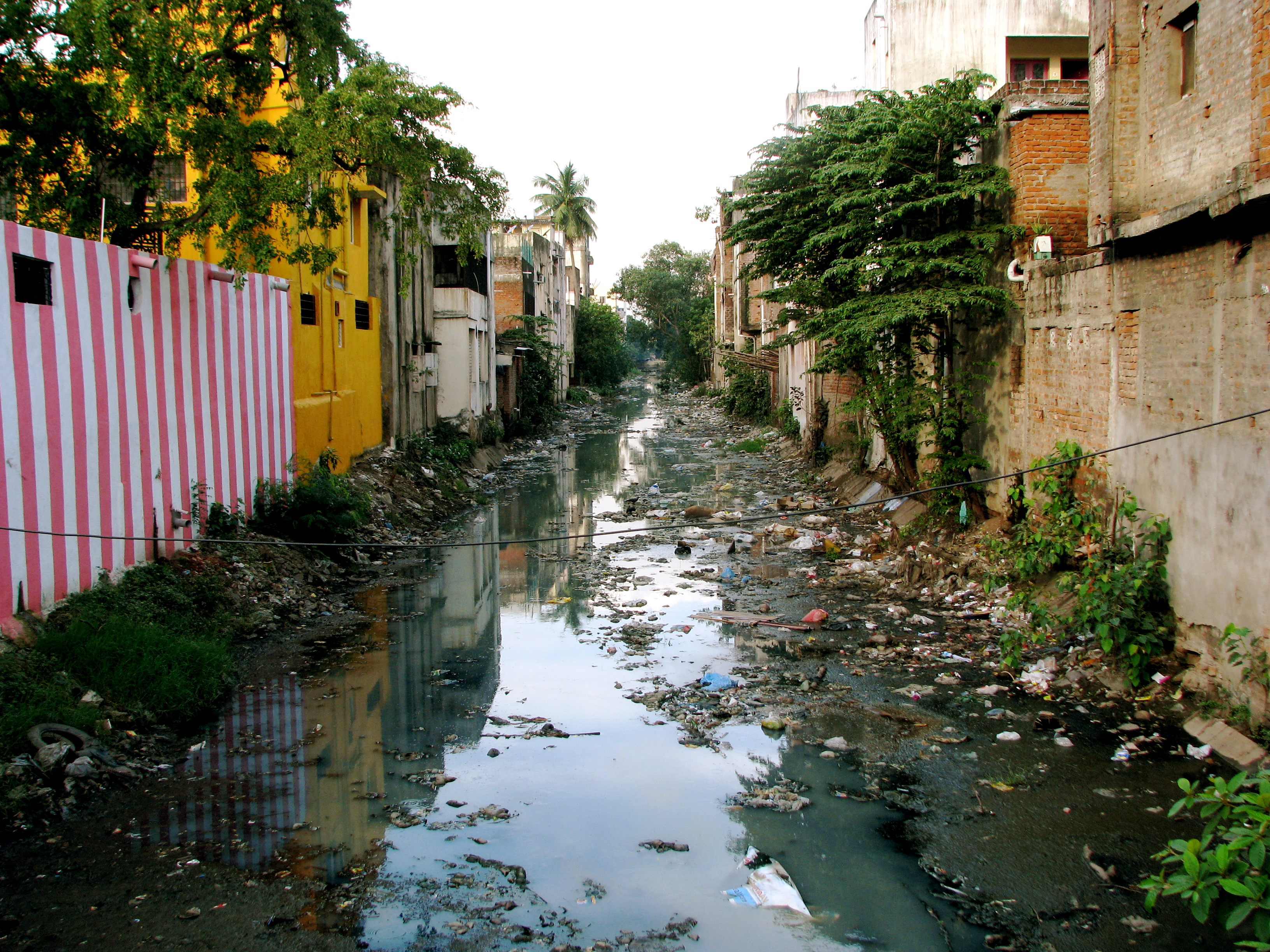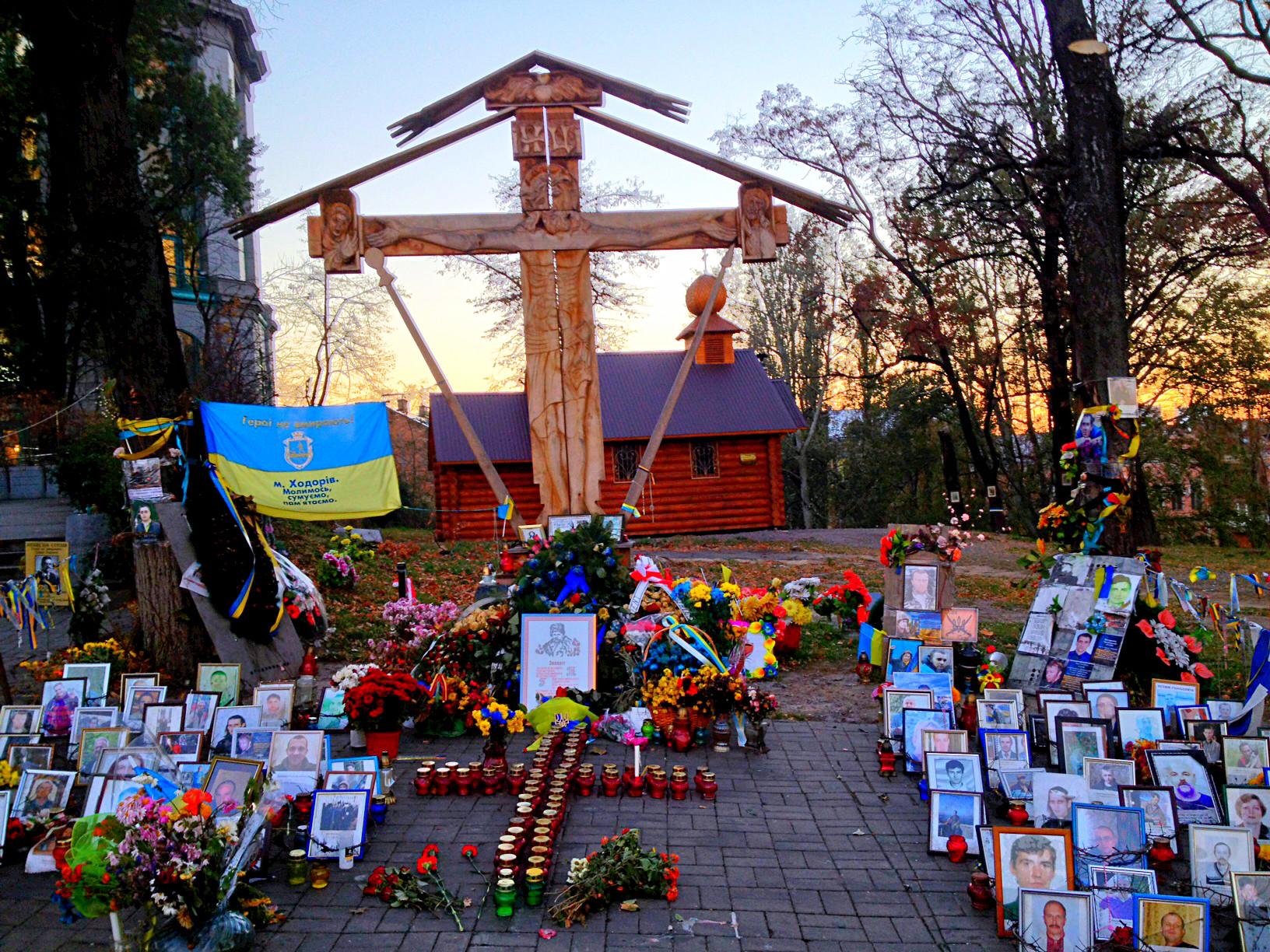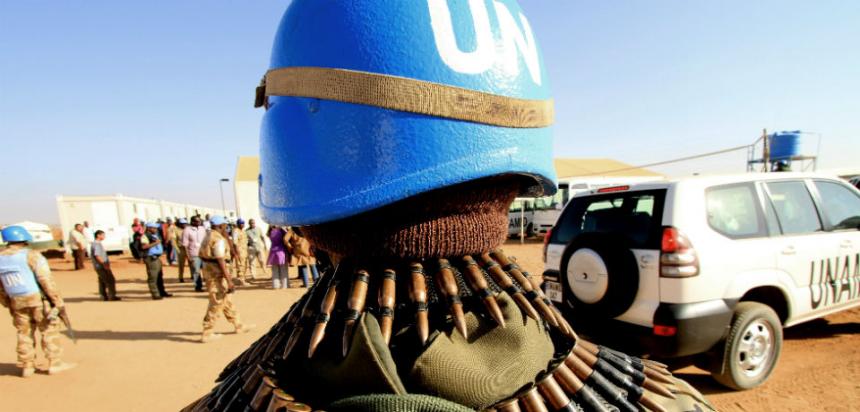India is facing the worst water crisis in recent history. The increasingly severe situation is getting worse, with nearly 600 million Indians facing high-to-extreme water stress. By the year 2030, India’s water demand is expected to be twice the available supply, as the water supply continues to decline. India’s water emergency is most visible in the city of Chennai
Chennai has a population of approximately eight million people and is located on the Bay of Bengal. It relies heavily on the fall monsoon rains to replenish its water sources. However, this is no longer the case, largely due to the impacts of climate change. Global warming targets already vulnerable communities through droughts and floods and has enormous effects on countries around the world. In 2015, massive floods struck Chennai and killed hundreds of people and left the whole coastal city economically devastated.
And now, the country is facing the other side of the climate extreme – the worst drought in the country’s history.
Particularly vulnerable to climate change threats
Chennai’s water emergency is not unique to the city. Rather, water scarcity is a characteristic of cities throughout India and plagues countries around the world, including Cape Town, Mexico City, and São Paulo. Nearly half of the worlds’ population is facing water scarcity and, on a global scale,
inadequate water supplies and lack of water kills approximately 780,000 people each year.
Water is global. Yet, the impacts of water scarcity are fairly local. Therefore, government solutions to address the water emergency must be local too. In India, this is certainly not the case. Chennai officials are turning away from their local communities and are looking towards unilateral infrastructure projects. These projects include but are not limited to constructing large dams and linking rivers
India’s government has taken steps in confronting climate change. The majority of actions have included protecting India’s water reservoirs. The basin-level governances focuses on consolidating the multiple river authorities into the Central Ministry of Water Resources,which will enable more cohesion and decision making regarding India’s water supply. The Indian government has also highlighted the importance of global partnerships in confronting climate change head-on. The government has fostered a relationship with the Israeli government, which holds the title of being the world leader in water governance and conservation. Yet, recent events have shown that this is simply not enough.
Chennai’s water crisis is yet to be entirely resolved.
“We can’t do anything,” replied a Chennai resident when asked about the water crisis.
For the residents of Chennai, the water shortages mean that they have had to learn to cope with much less water than they are accustomed to and use water that is most likely contaminated. The number of sick people in the community is rising. Residences are left with very little choice in the matter. Either they do not drink water, which is ultimately not a viable option, or they run the risk of falling ill due to contaminated water.
Water is a human right and was formally recognized as such by the United Nations General Assembly on 28 July 2010. Unfortunately, climate change is now challenging this fundamental right and concerted action is needed to ensure that people around the world retain access to clean and safe drinking water.
Featured Image: A canal in Chennai, India shows the limited and polluted water available in the city. (2008) via Flickr.
Disclaimer: Any views or opinions expressed in articles are solely those of the authors and do not necessarily represent the views of the NATO Association of Canada.




